What is retargeting?
Retargeting consists of creating contact points to remind potential customers of products and services they were interested in after leaving your website. This method uses cookies to display relevant ads to visitors as they browse, increasing the likelihood of conversion.
Retargeting ensures that your products remain at the top of customers' minds when they browse the web, whether on social media, informational websites, or even during competitor research.
What is the difference between remarketing and retargeting?
The terms "remarketing" and "retargeting" are often used interchangeably, and their distinctions can sometimes be unclear. However, they have different meanings.
Remarketing is commonly used to collect the contact information of potential customers in preparation for email campaigns. Conversely, retargeting consists of displaying ads to internet users on other websites within an advertising network after leaving your website.
-
Remarketing refers to re-engaging an audience that has already committed to your brand. It exploits data that has been formerly collected during your previous interactions, such as subscriptions or previous purchases, to target specific users.
-
Retargeting mainly uses online advertising to reach users who have already interacted with your brand on the Web. It relies on cookies or similar monitoring technologies to follow the behavior of users on different websites and platforms.
➡️ By definition, remarketing is more personal and relies on established relationships, while retargeting casts a wider net to re-engage users who were initially interested in your brand.
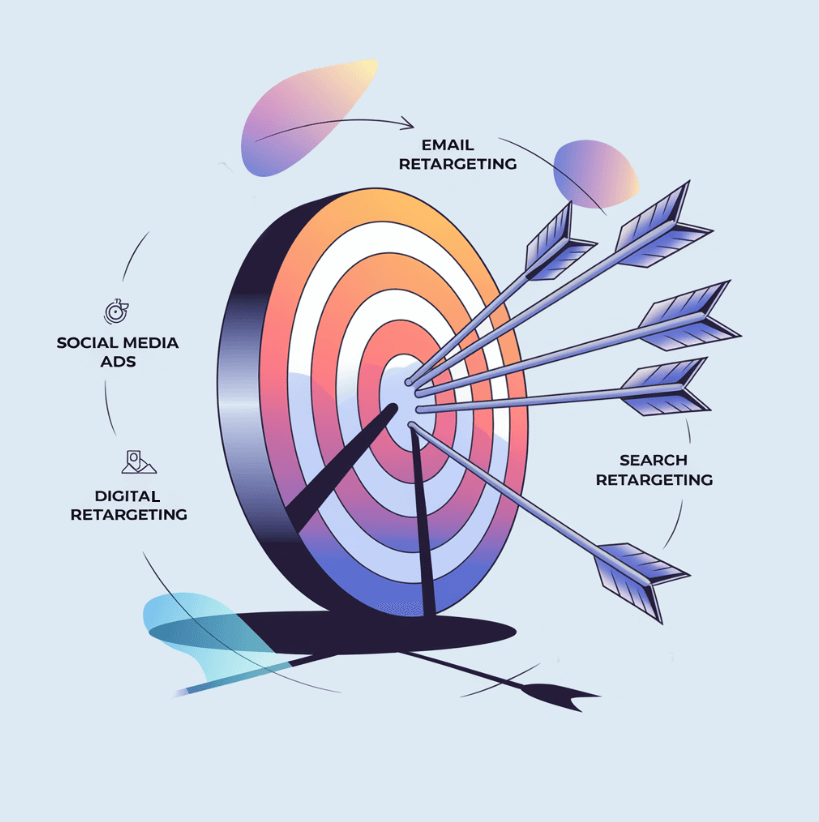
What about retargeting today?
Retargeting will become even more difficult to implement with the progressive elimination of third-party cookies by the end of 2024, but this doesn't mean that it will completely disappear.
However, professionals will have to emphasize the collection of direct data, and the use of a remarketing-retargeting mix to reach their target audience effectively.
What is behavioral targeting?
Behavioral targeting enables publishers to define their target audience based on consumers' actions.
Retargeting is a common type of behavioral targeting, as it focuses on people who have visited a website.
For example
If a person visits a specific product page, they can later see an ad for this article on another website.
What is contextual targeting?
With contextual targeting, publishers define their target audience based on the relevant content of other websites. In this situation, retargeting is used for users who visit websites with similar topics.
For example
Imagine you read a blog article about the techniques of
photographic shots. While you are browsing the web, you see ads next to content. These are random ads - they match your current interests. For instance, it could be an ad singing the praises of a state-of-the-art camera. You might also see web banners about online courses on image editing. 📸🖼️
This transparent integration of targeted ads in your browsing experience is possible thanks to contextual marketing, ensuring that ads are appropriate and useful.
How do retargeting campaigns work?
Retargeting is activated by a pixel, a JavaScript snippet embedded in the website.
This retargeting pixel uses cookies, which are small data elements stored by a browser to remember users who have visited a web page.
These data points are then exploited to display ads to users, reminding them what they wanted to buy. Retargeting enables brands to boost notoriety and the total number of conversions by displaying relevant and targeted ads to interested internet users.
Retargeting takes different forms, such as email, SMS, and more. 📧 📱

Advantages of retargeting and remarketing campaigns
In general, it is said that you need seven appearances of a brand before a consumer becomes a customer. Retargeting displays help accelerate this proccess by focusing on consumers who have already visited your website.
Wait a minute!
If you don't have a professional or
e-commerce website, or if you want to redesign what you have, don't hesitate to try our web design tool. SiteW offers an online service that enables everybody to
create a website easily, even without technical knowledge. With your mouse and thanks to the drag-and-drop system, you can build your web pages in a few clicks! 🖱️✨
Create an online store with SiteW
In this context, retargeting ads and remarketing campaigns have many advantages... 👇
Reaching warm potential customers
Retargeting enables you to optimize your marketing budget by targeting only potential customers you have already reached. For online stores, this includes consumers who have already shown interest in your products.
Retargeting enables you to better understand where your conversions are highest after users have left your website. This analysis serves as a roadmap for your future efforts to attract more qualified traffic.
Current users - whether they visit your website or store - are likely to come back if encouraged. When you retarget them, you will gradually guide them through the funnel, transforming them into paid customers.
A stronger commitment
A remarketing campaign enables you to reconnect effectively with people who have been interested enough in your website to visit it.
In reality, retargeted visitors are 43% more likely to convert.
Boost in conversion rates
New visitors only convert in 2.4% of cases (Business Insider), while 50% of sales are made by visitors who return to the website.
Establishing strong relationships with customers
Current consumers want a personalized customer experience.
According to Forbes, 66% of them want companies to understand their specific needs, and 52% want custom offers.
By implementing this constant adaptation into your marketing efforts, you encourage brand loyalty and create a climate of trust. 👍
8 steps to create effective retargeting campaigns
Step 1: Identify your objectives
Retargeting has several objectives beyond conversions and sales such as:
- Improving brand notoriety 📢
- Engaging current customers
- Getting abandoned carts back
- Encouraging subscription to emails
- Asking for additional customers' feedbacks
Depending on your objective, the success indicator of your campaign can be really different. For example, these will be purchases for abandoned carts, and the number of likes and shares on social media for brand notoriety.
Tips
Abandoned carts represent
18 billion dollars of deficiency for online stores. It's the perfect time to start to implement retargeting in order to get these sales back. 🛒
Step 2: Segment your audience
Then, determine your audience. Who do you want to reach? Current or potential customers? Where do they browse on the internet? What are their motivations?
Instead of applying a single retargeting strategy for all buyers, you should segment them into different subgroups.
This can be done based on various criteria:
- New customers or regular customers
- Behaviors (did they visit your website or are they engaged with your brand on social media?)
- Estimated customer lifetime value
- Cart status (empty or abandoned)
- Previous purchases
- Demographic data
- Geographic location
Step 3: Choose your marketing channel(s)
Now, it's time to choose where ads will be displayed, whether by email, on social media, or on other channels. Your decision will depend on your budget, available resources for ad creation, and your campaign objectives.

Step 4: Organize your communication sequences
There is nothing more frustrating than seeing the same ad or receiving the same emails repeatedly. To resolve this problem, use sequences. They can help you create several versions of retargeting ads with unique content, and alternate them.
Here are a few ideas to help you start:
- Promoting a five-star review on an abandoned product ⭐⭐⭐
- Offering free delivery
-
Reminding customers of items they viewed or purchased
- Using a countdown to create a sense of urgency
- Showing your gratitude to current customers for their support and loyalty 🙏
- Giving a testimonial in favor of your brand
- Displaying a list of recommended best-sellers
- Offering a 10% discount or other incentives
- Offering cross-sells or upsells to buyers who have recently purchased
- Using a persuasive text to create enthusiasm
- Sharing the history of your brand with your values and promises
Step 5: Define the timing and frequency of your communication
Have you ever felt hounded by the ads that follow you everywhere? Without frequency limits, retargeting ads can quickly become intrusive.
We recommend displaying the same ad no more than twice. Beyond that, your ad become outdated or boring. Instead, include in your retargeting strategy a variety of content with different images, texts, and message combinations to maintain interest.
Step 6: Create and develop your creation
Writing the right message and developing the perfect visual elements for your retargeting ads can be difficult.
A persuasive text is essential to drive action and engagement when creating retargeting ads.
To improve your ad message:
- Highlight your value proposition
- Clearly state the desired action ("give your opinion", "buy", or "visit your website")
- Use strong verbs to encourage your visitors to take action
- Be direct; avoid long speeches
-
Transparency is essential (avoid false promises)
- Address pain points that resonate with your audience
Step 7: Launch your retargeting campaign
The big day is here! 🙌
Now that you have prepared and implemented everything, it's time to launch your retargeting campaign and start engaging with your audience.
Congratulate yourself, but don't forget that it's not over yet.
Step 8: Monitor and optimize
Retargeting isn't a strategy you implement and forget.
For maximum success, you have to analyze your data constantly, conduct A/B tests, and optimize your campaigns based on the available information.
The key is to continue experimenting as you progress. If something doesn't work, don't hesitate to get rid of it. 🚮
Implementation of your retargeting displays
You can collaborate with a marketing agency to implement your retargeting ads, or you can manage them yourself.
You don't need to use a specific retargeting platform, as Google Ads or Facebook also offer remarketing possibilities.
How to use retargeting in Google Ads?
You can launch a Google Ads campaign to run remarketing and re-engage your target audience by adding your website visitors to a retargeting list, then targeting this list with ads - this is called list-based retargeting.
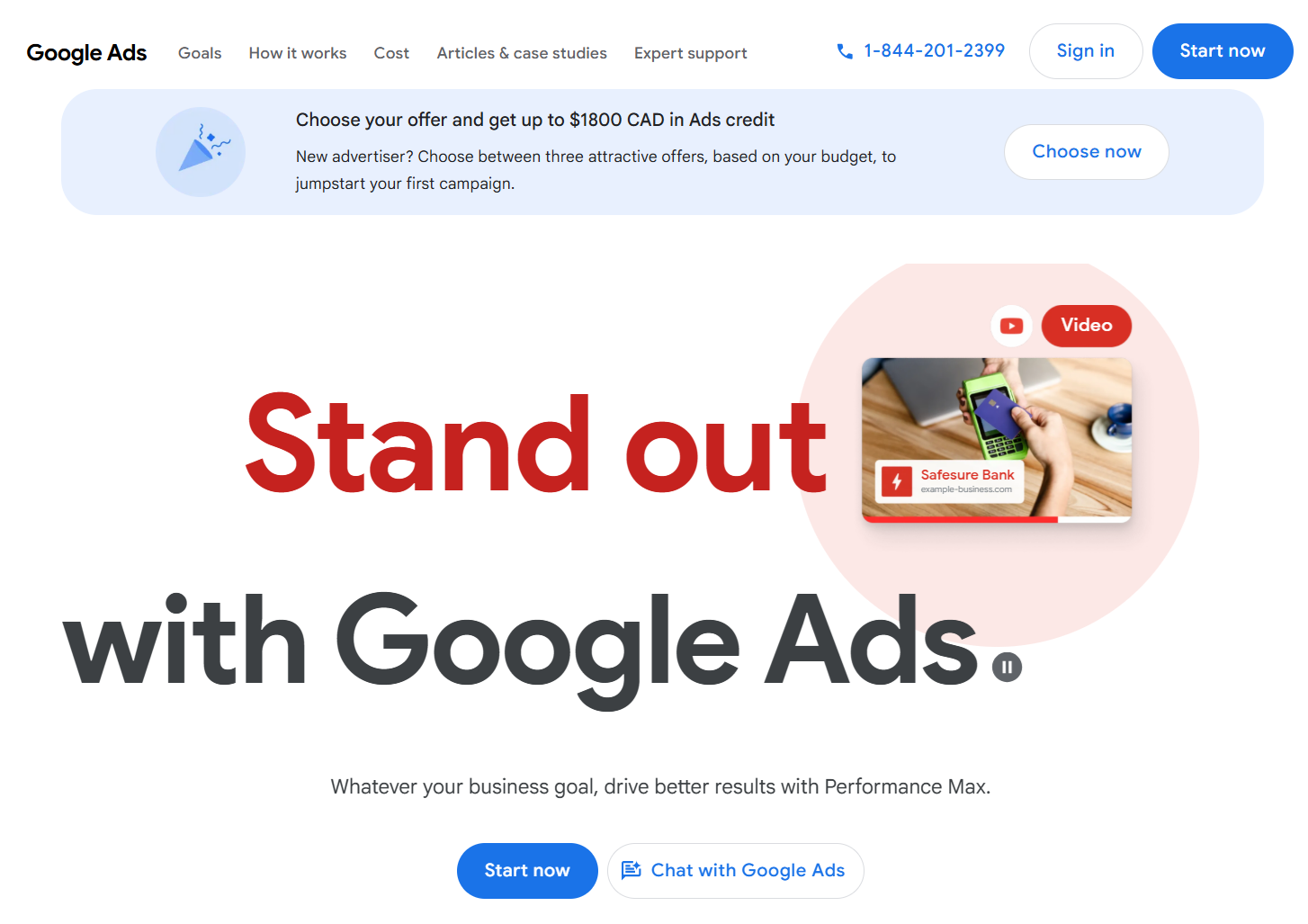
Even though you can use retargeting in Google searches, retargeting can also be done with display ads (display banners). These strategies are integrated into what we call Search Engine Marketing (SEM).
They are visible on different websites such as news platforms, targeting people who have already visited your website. You can also display video ads on YouTube. 🎥
This may not lead to direct sales, but it's a perfect way to develop your brand.
The massive user base of Facebook and Instagram - both owned by Meta - makes them the best places to advertise.
Moreover, it has been shown that retargeting campaigns on Facebook increase conversion rates by 70% and have a click rate 10 times higher than classic ads - it's worth it!
But as you probably know, social media goes beyond Meta! Other platforms also offer retargeting and remarketing tools:
X Business: Twitter (X) Ads allows you to retarget website visitors who performed specific actions, such as subscribing to a newsletter or abandoning a cart. You can also target custom audiences based on interests and demographic data to reach a relevant audience.
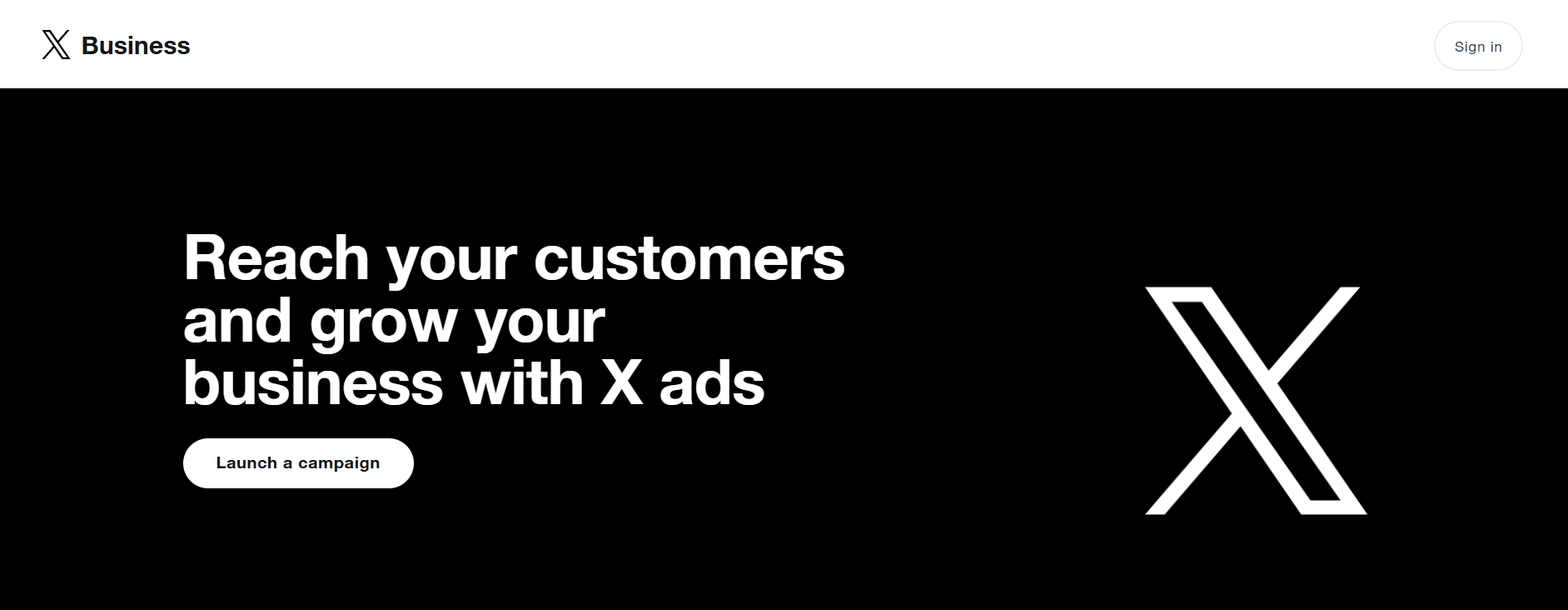
LinkedIn: LinkedIn Ads is particularly useful for B2B. You can retarget website visitors who have shown interest in your services or content and reach them in a professional context.
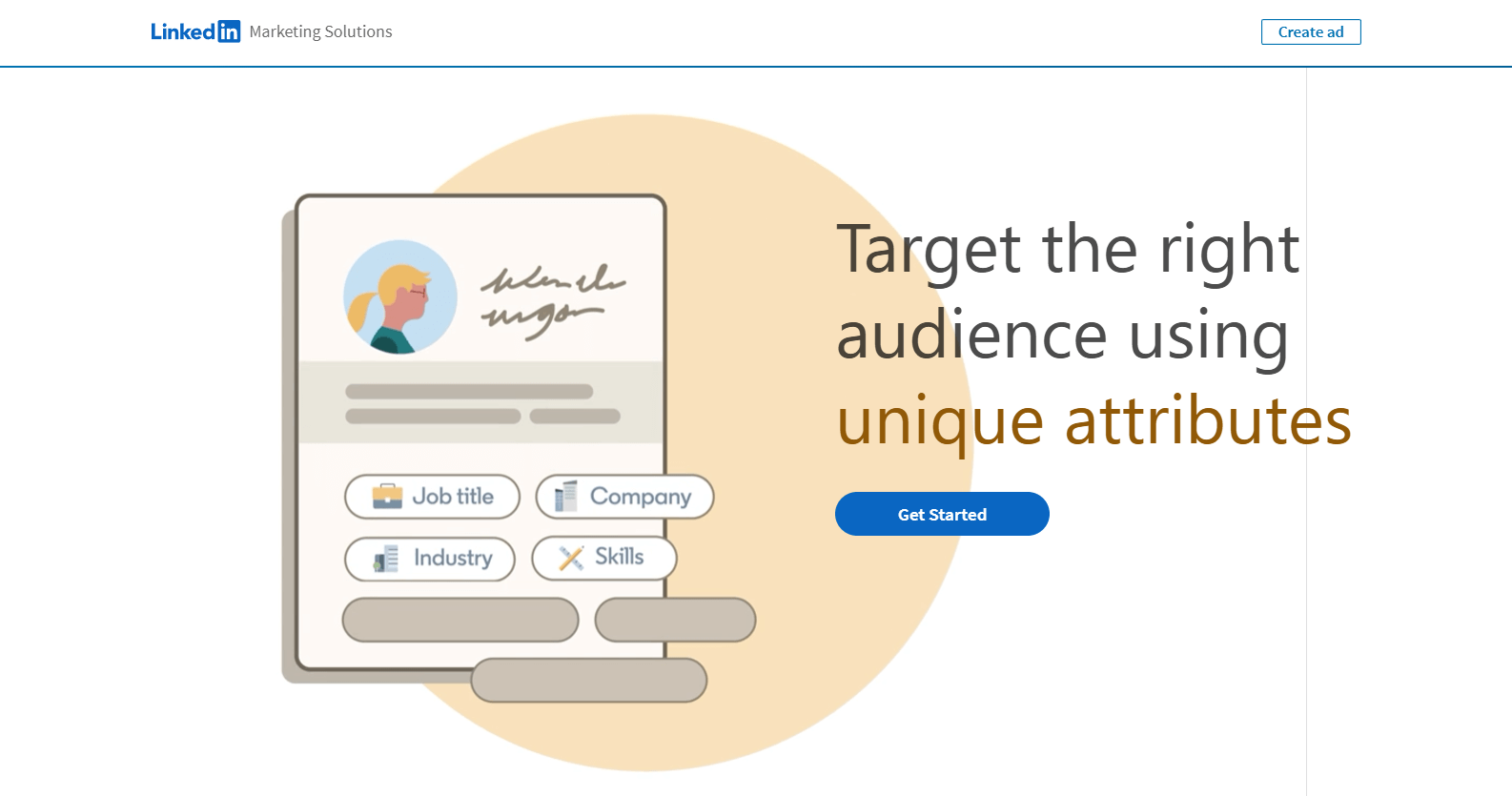
Pinterest: Often neglected, the Pinterest user base (mainly interested in DIY projects, fashion, and interior decoration) can be a perfect retargeting platform. Pinterest ads can be a great way to reach your target audience with a visually appealing content.
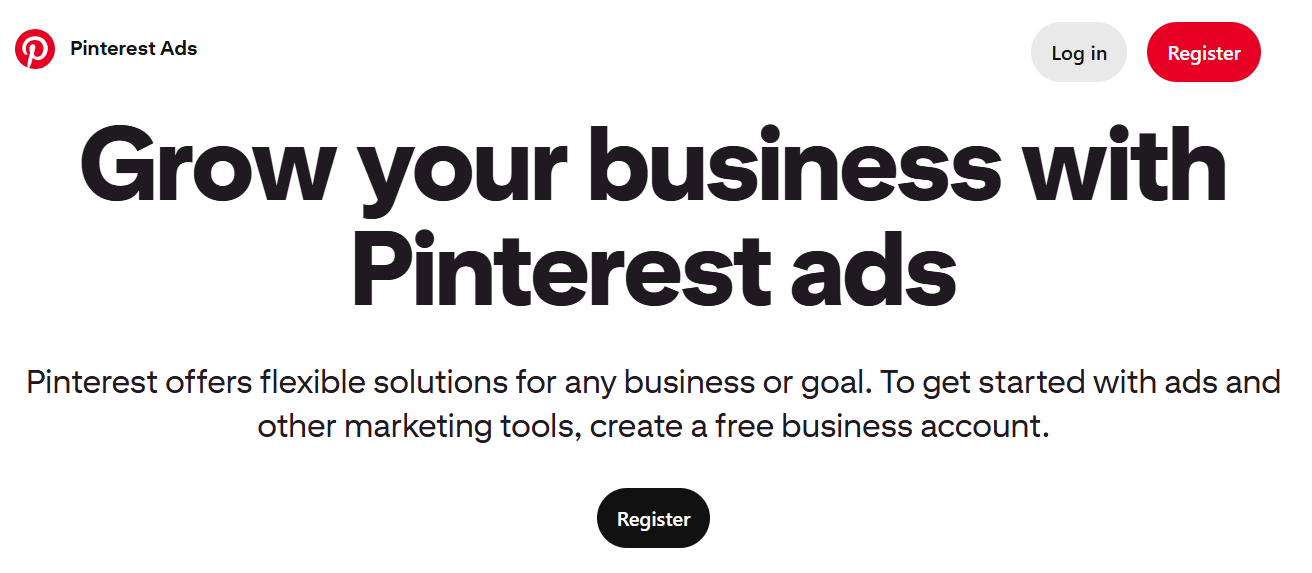
YouTube: Consider retargeting on YouTube for video-based campaigns. You can target custom audiences who have watched specific content on your YouTube channel or interacted with your ads.
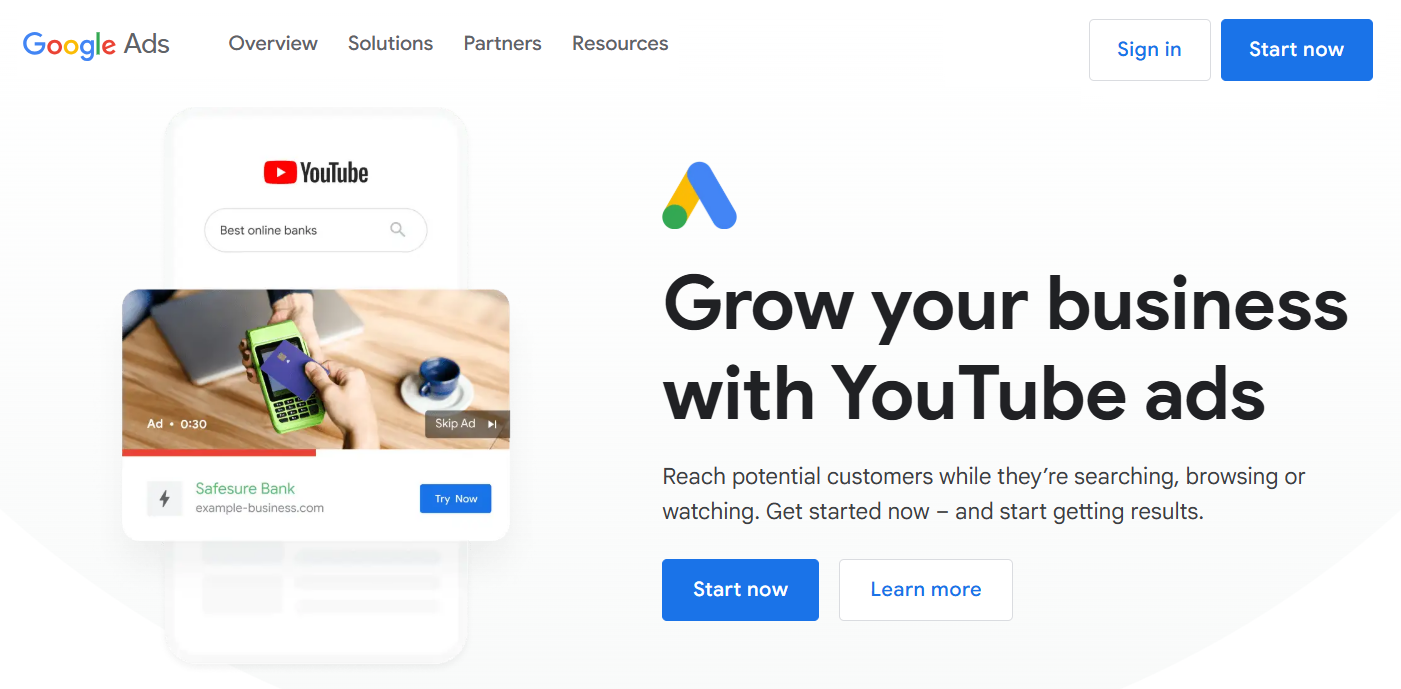
Custom emails
Remarketing by email consists of sending emails to customers using the information you have about them, especially their behaviours, interests, and purchase habits.
You can use these channels to:
- Send custom messages based on the subscriber's browsing behaviour.
- Offer discounts to consumers who are interested in your products and/or services.
- Offer exclusive discounts to customers who have already bought from your store.
You can consider retargeting campaigns by email as your second chance to convert visitors into sales.
Evaluate your retargeting campaign
As with other campaigns, ensure your objectives are reached.
Use these key indicators to measure the success of your retargeting campaign:
- Conversion rate
- Cost per lead
- Potential customer development
- View-through conversions
- Website visits
- Email open rate
What about tomorrow? A final word on retargeting
What is the future of retargeting? 🤔
-
No cookies: Direct data and contextual targeting will gain more importance as cookies disappear.
-
Privacy protection above all: Transparency and consent will play a major role, and the emphasis will be put on targeted and discreet ads.
-
Relevancy: professionals will exploit CRM data and AI to customize campaigns and will adopt an omnichannel approach for a coherent brand experience.
Launching retargeting ads is like having a second (or third, or even fourth) chance of converting potential customers over the long term.
While users interact with your website, there are always other means to reach them and generate conversions. 👌










